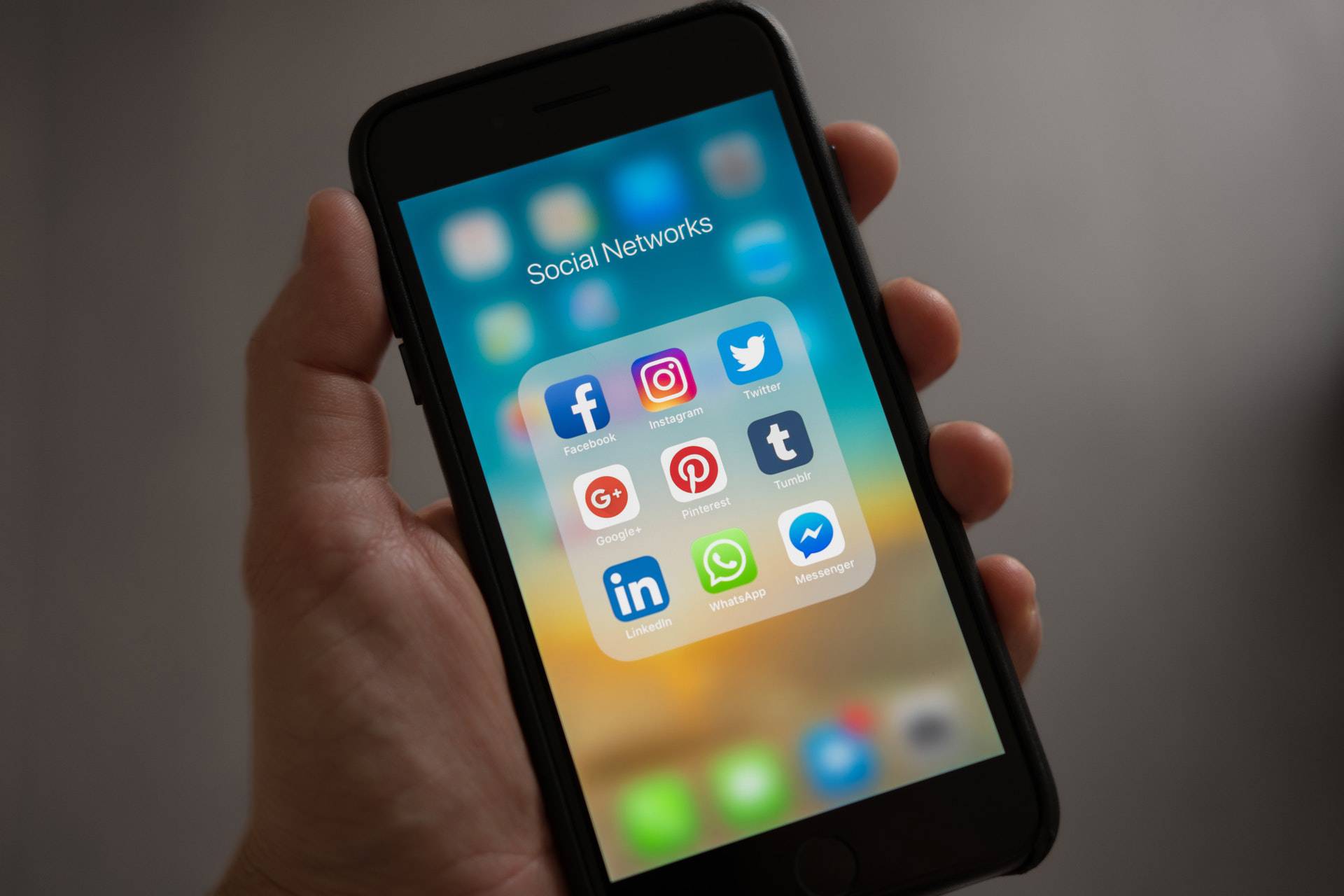Positive impacts:
- creates a sense of social support, connectedness and positive interaction, which can boost mental health
- helps to foster and sustain relationships with friends and family, especially those who live far away
- provides a way to make new friends and connections with peers who share similar interests or experiences
- helps some young people to be more open and honest with their friends about how they think and feel
- makes some young people feel supported and less alone during tough times, as they can read about other people’s similar experiences
- empowers young people with disabilities or communication needs through creating a sense of community and belonging
- helps children and young people to learn how to strengthen their mental health and keep themselves well
- provides easier access to informal and formal support – help that is available at different times of the day
- Provides a platform on which to be creative and have fun
Negative impacts and risks
There are potential risks that social media and the internet can have on children and young people’s mental health, which may also affect their ability to thrive and achieve. These include:
Disrupted sleep
Children who use social media at night may not be getting enough sleep. This can not only impact on their learning at school, but a lack of sleep can also increase the risk of depression and anxiety. Children aged 5-16 need to get between 11 hours and 9 hours of sleep a night.
Accessing harmful or inappropriate content
Children may access content that is violent, racist, hateful or features pornographic material. Studies show that the majority of children and young people are more likely to initially stumble across pornography through targeted adverts or content, rather than intentionally searching for it. When they first accessed pornography, young people were most likely to report that they felt curious, but also shocked, confused or disgusted.
Grooming or online abuse
When interacting with others online, children and young people may not be aware of who they speaking to, or of that person’s intentions. Children and young people are at risk of being groomed online or of developing inappropriate relationships that can lead to stalking, harassment, threatening behaviour, sexual exploitation, engaging in sexual acts or being made to view content of a sexual act, among other things. NSPCC research reveals that more than one in seven children aged 11 to 18 have been asked to send sexual messages or images of themselves.
Cyberbullying
Children and young people may carry out or be exposed to bullying behaviour online. Like bullying offline, cyberbullying also increases a child’s risk of developing depression and lowered self-esteem. Research has found that children and young people who experience cyberbullying are twice as likely to self-harm.
Read more on cyberbullying
Body image
In a survey conducted by the Mental Health Foundation, 40% of young people (26% of boys and 54% of girls) said that images on social media had made them worry in relation to their body image.
Children and young people may compare themselves to celebrities, bloggers or people they are inspired by and begin to filter or manipulate images of themselves to conform to “body ideals” that are often promoted online.
Body dysmorphia disorder is when a child or young person persistently worries about aspects of their body or how they look – this can have a huge impact on their life.
Read more on body image




